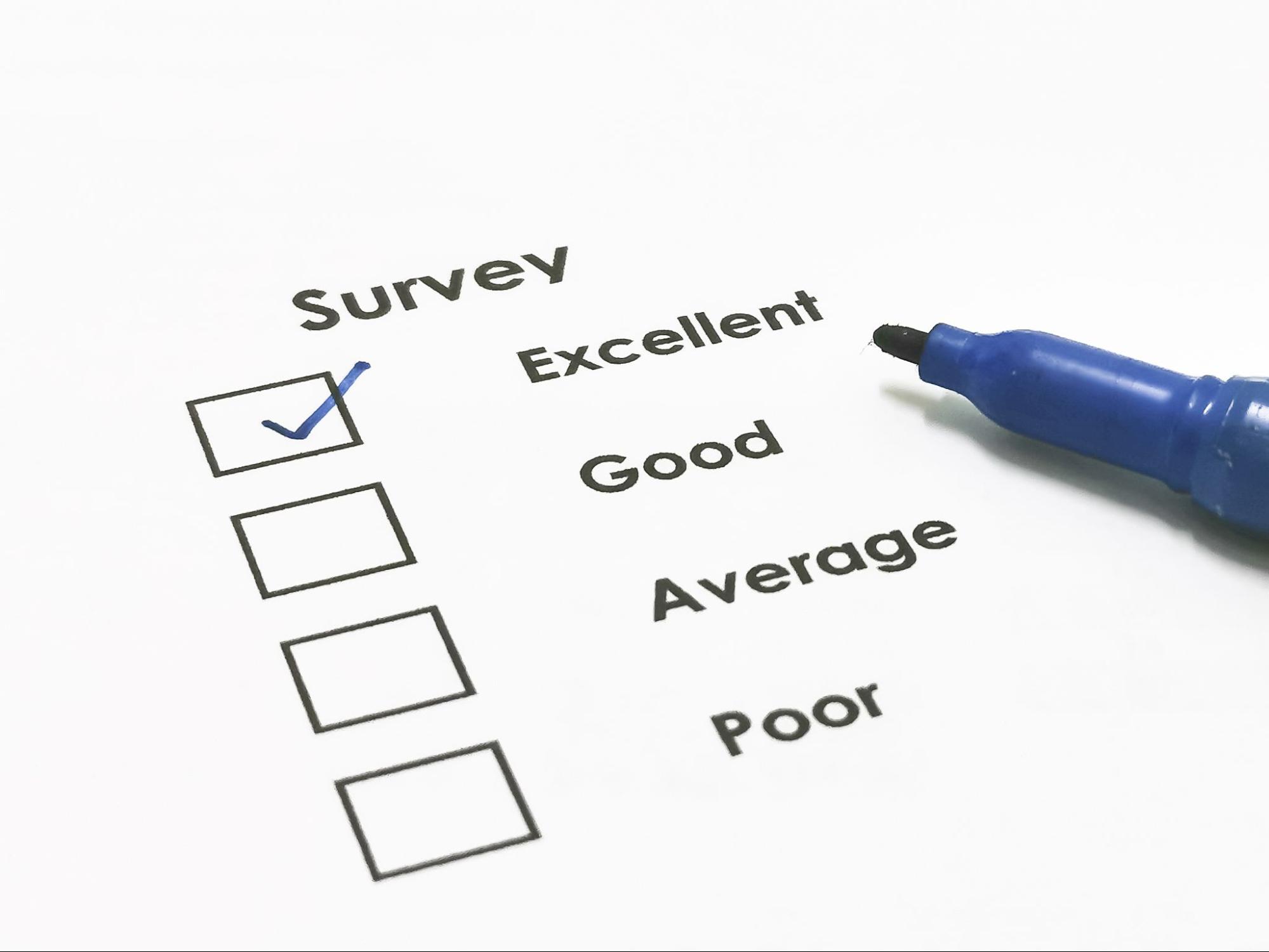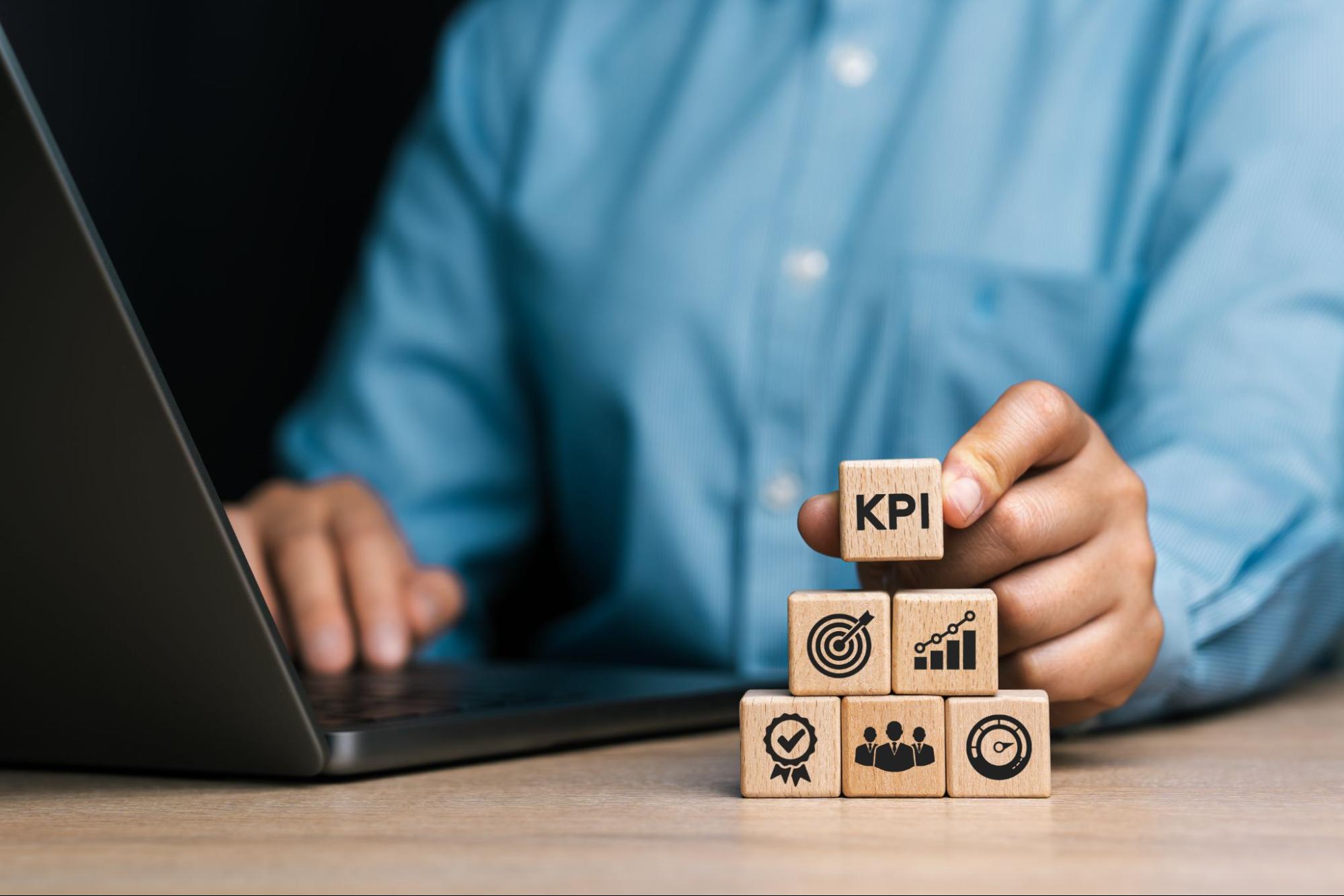
Team-building activities are a staple in the corporate world, from problem-solving workshops to off-site retreats and virtual games. While most companies recognise their potential value, few invest in measuring their actual impact. It’s one thing for employees to say they had a good time, but did it increase collaboration? Improve communication? Strengthen trust? These are the real outcomes that define success.
In this blog, we’ll dive deep into how to systematically measure the impact of team building, using a blend of qualitative and quantitative approaches. The goal is to help you turn every activity into a measurable investment that supports long-term team growth.
Every team-building initiative should begin with a clearly defined purpose.
Without a goal, measurement becomes arbitrary. This is where most organizations go wrong; they plan an event without first understanding the purpose behind it.
When the purpose is clear, it becomes easier to select the right activities and identify the most relevant metrics. For example, if the goal is to strengthen trust within a team, post-activity assessments should help you understand whether employees feel more psychologically safe. On the other hand, if your goal is cross-team collaboration, KPIs should include the number of joint projects or interactions initiated post-event.

Surveys are one of the most direct ways to measure change in attitude, perception, and sentiment. Start with a short, focused survey before the team-building activity to establish a baseline. Include questions that address communication effectiveness, team trust, morale, clarity of roles, and interdepartmental relationships.
After the activity, follow up with the same survey (plus a few experience-related questions) to see if there’s any shift. Look for patterns. Did team members rate communication higher? Are more people reporting increased collaboration or engagement? Over time, if these scores show improvement, it’s a strong indicator that your team-building activities are delivering real value.
While surveys are useful, they often reflect how people feel. But what about how they behave? Observable changes in behavior, such as how often team members interact, how quickly they resolve conflicts, or how they contribute to meetings, can be even more telling.
These behavioral metrics may include:
Managers and team leads play a crucial role here. Ask them to document specific behavioral changes they notice in the weeks following an activity. This qualitative data gives context to the numbers and validates your strategy.

Measuring the team-building metrics means aligning activities with KPIs for team-building. These might differ based on the nature of your business or the structure of your teams, but here are some common ones that can apply across industries:
Thanks to digital workplace tools, measuring certain types of team behavior is easier than ever. Slack, Microsoft Teams, Google Meet, and other platforms offer internal analytics that show how teams communicate and collaborate.
For instance, you can monitor the volume of messages exchanged between team members before and after a team-building exercise. An increase in message frequency and more diversified conversations across roles or departments may indicate that team barriers are being broken down.
In addition, platforms like Nasch.io, CultureAmp, Lattice, and Officevibe offer deeper insights into employee sentiment, pulse surveys, and engagement tracking, all of which can support your measurement process.
Psychological safety is one of the most important, yet hardest to quantify, elements of a successful team. It’s the shared belief that it’s safe to take interpersonal risks, speak up, or ask for help. Team building should actively foster this feeling, especially in teams that have experienced conflict or rapid growth.
To measure it, include specific statements in your post-activity surveys, such as:
Ask respondents to rate their agreement on a scale. Over time, positive movement on these questions shows that your activities are making a real difference where it matters most — in the culture of trust.

Sometimes, numbers don’t tell the whole story. That’s where interviews and focus groups come in. A few weeks after a team-building activity, conduct small group discussions or one-on-one check-ins with team members to gather deeper insight into the lasting effects of the experience.
Ask questions like:
This qualitative feedback can uncover hidden value or limitations in your team-building strategy. It also gives employees a sense of inclusion and ownership in shaping the future of team development.
While it’s important to track immediate post-event outcomes, the true value of team building often reveals itself over months, not days. That’s why it’s critical to tie your efforts to longer-term business goals.
Did the sales team perform better after their team offsite? Did employee satisfaction scores improve in the next engagement cycle? Are fewer projects getting stuck due to interpersonal issues? These macro-level indicators help justify the investment in team building and give leadership the proof they need to continue supporting such programs.
To make this easier, compare pre- and post-initiative data at quarterly or biannual intervals, and attribute shifts (where possible) to the specific interventions you’ve implemented.

Finally, once you’ve gathered your data and drawn your conclusions, don’t keep them locked in a spreadsheet. Share the results with your team. Transparency builds trust, and showing the impact of your team-building efforts increases buy-in for future programs.
You should also use what you’ve learned to improve your strategy. Maybe one type of activity consistently delivers better results than others. Maybe certain teams respond better to smaller, focused workshops versus large-scale retreats. By measuring impact, you empower your HR or Learning and Development team to make data-backed decisions for future planning.
Team building isn’t just about having fun together; it’s about helping teams work better, build trust, and feel more connected. But to know if it’s really helping, you need to measure its impact.
When you set clear goals and track how people feel, work, and communicate before and after an activity, you can see what’s working and what’s not. This helps you plan better activities in the future and makes sure your time and effort are making a real difference.
Good team building doesn’t end when the activity is over. The real value shows up in how your team works together every day. So take the time to measure, learn, and improve. That’s how you turn team building from just a fun event into something that truly helps your team grow and succeed.